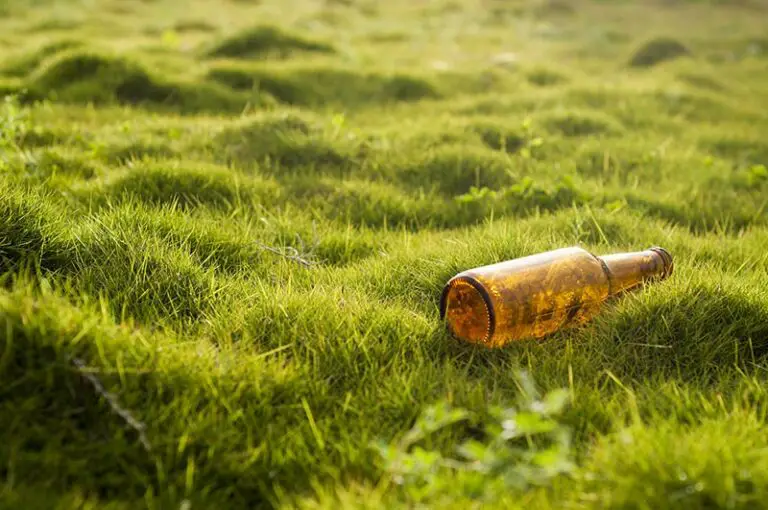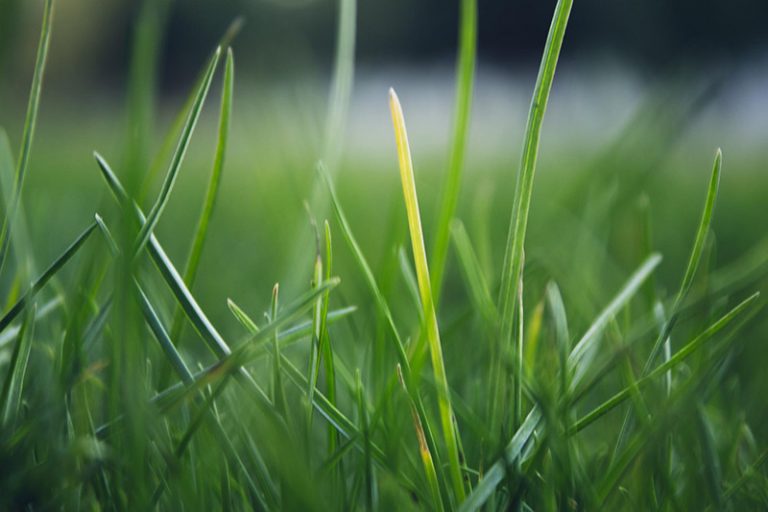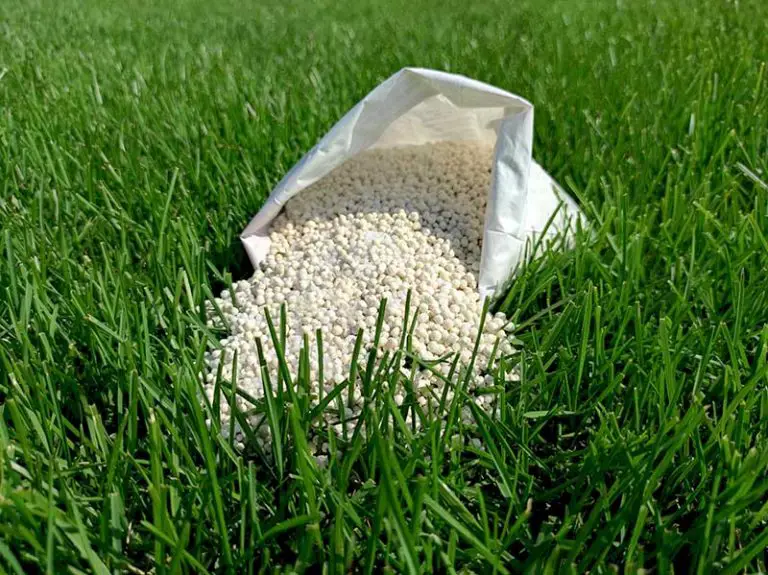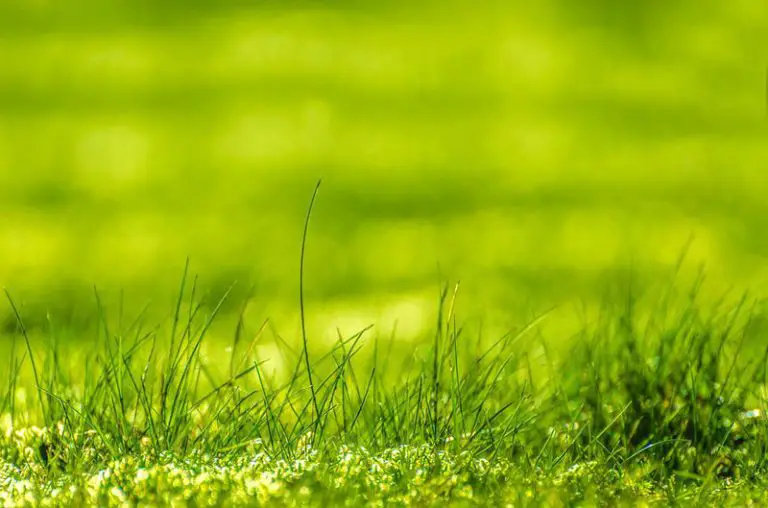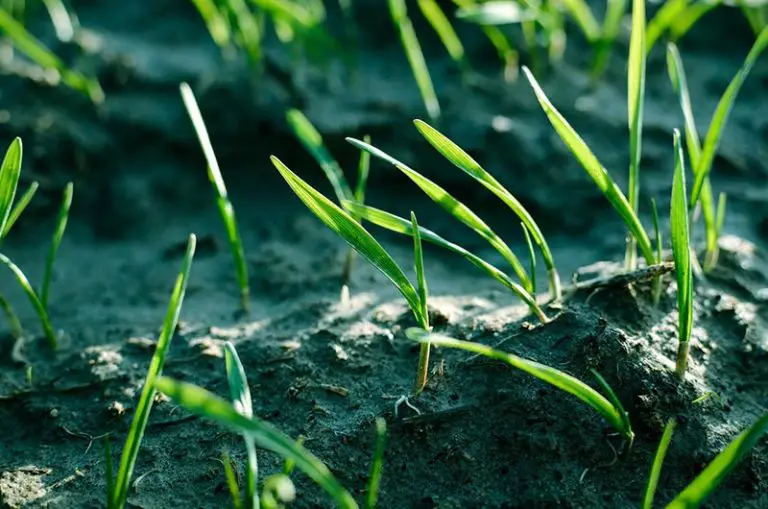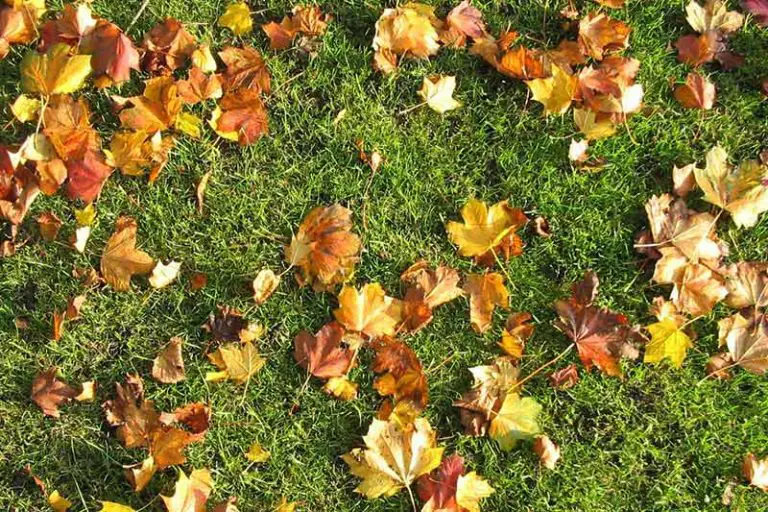Milorganite Before or After Mowing?
When it comes to lawn maintenance products, it can be a hassle choosing the best time to use them. With the many different conditions and routines that our lawns go through, it can make a huge difference to the effectiveness of certain treatments that we apply.
Milorganite is best used after the lawn has been mowed. This is due to multiple reasons, including being able to provide a much more even distribution of the product.
What is Milorganite?
Milorganite is a product used to fertilize the lawn. It’s a granular solution, which means that it is easy to spread in large quantities.
An organic solution, Milorganite is nitrogen-based and is made for providing lawns with the nutrients that they may be lacking in. Nitrogen is particularly useful for lawns, as it very rarely is fed to them through natural means. This is why fertilizing is essential, as it provides a means to feed lawns the nutrients that they may be lacking in otherwise. These nutrients are fed into the lawns via the soil, which has its own pH level. Most lawns require a more neutral soil pH, but may be closer to alkaline than they are to neutral. Nitrogen is acidic in nature and can be added to soil to promote root growth, grass blade growth and help your grass grow thicker and greener. It will also neutralize an alkaline soil’s pH level, which may make it much more palatable for your lawn.
The type of grass that you have may impact the pH that is required to keep your lawn happy and healthy.
There are ways you can change your soil’s pH level depending on the type of grass you have, and your soil’s natural pH level.
No products found.
Why Should I Fertilize My Lawn?
Fertilizing your lawn is an important step when it comes to maintaining your lawn. It has many benefits beyond simply making your lawn look better and more appealing. Fertilizing your lawn enables it to grow faster, thicker and promotes root growth and density. All of these components combined can protect your lawn better from fungus, disease or weeds.
A much more robust, fast-growing lawn is less likely to allow disease or weeds to take hold, and a denser lawn is much more capable of fighting potential threats off.
Weed and feed solutions are available to fertilize the lawn and kill weeds at the same time.
When Should I Fertilize My Lawn?
Lawn fertilization should take place at times of the year that it is likely to sink into the soil without interruption. This means that people often choose to fertilize their lawn in the spring or early fall, when it’s less likely to rain and wash the solution away. Spring is most popular, as it allows your lawn to recuperate after what could potentially have been a harsh winter, and renourish it in preparation for the next. Depending on your soil and lawn type, you may need to fertilize your lawn twice a year. Fall is the next best time, as it allows for the lawn to be bolstered in preparation for winter. It is, however, slightly more risky as the potential for rain to occur around this time is higher than in spring.
Fertilizing your lawn too much can lead to negative effects, such as an unwanted shift in soil pH levels or fertilizer burns. Most fertilizers come equipped with instructions that should be followed, along with guides on when and how often they should be spread to avoid complications.
How to Use Milorganite
Milorganite should be used as any other granular lawn fertilizer should be. Before purchasing Milorganite, ensure that the NPK is adequate for your lawn’s needs.
The NPK refers to the three numbers that are listed on the packaging of lawn fertilizers. Each number represents how much of each nutrient is present in the fertilizer. NPK stands for Nitrogen, Phosphorus and Potassium. A 20-10-10 fertilizer would contain 20% nitrogen, 10% phosphorus and 10% potassium. Knowing the levels of nutrients that your lawn requires can help you choose the best fertilizer solution for your lawn.
As a granular fertilizer, Milorganite can be spread in a few different ways. Smaller yards can easily have fertilizer spread by hand, whilst larger lawns may require a fertilizer spreader to evenly distribute the solution throughout the lawn.
Milorganite breaks down and enters the soil when in contact with rain or water, so is often best distributed in line with any irrigation system cycles which may be in place. Alternatively, one can use a soaker hose or other means of gently watering the garden in order to break down the fertilizer.
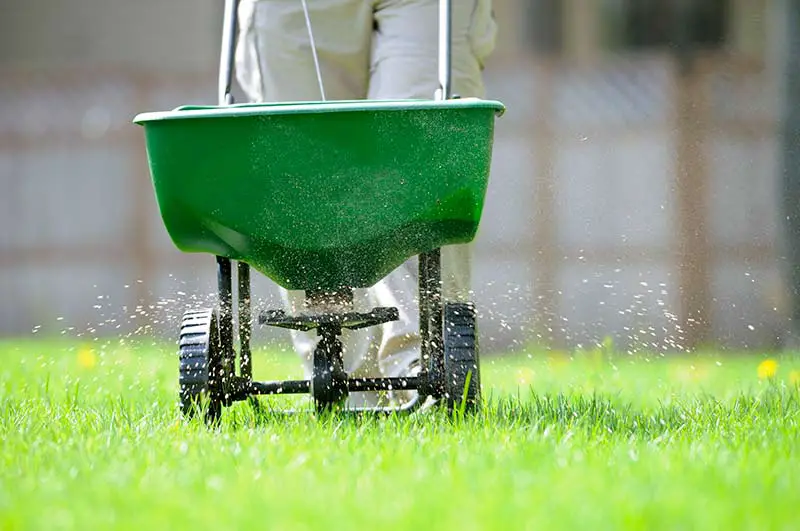
Should I Use Milorganite Before or After Mowing?
Milorganite is best applied after mowing, for several different reasons. Fertilizer is less effective when applied in long grass, as fertilizer has a tendency to stick to the top of long grass, and is less likely to reach the bottom and be absorbed by the soil as a result.
You should mow your lawn 2-3 days before applying Milorganite, to ensure that any debris has been properly removed. Mow your lawn as usual, and do not mow is any shorter than usual. Your lawn should be at a height between 2.5-3” to keep it healthy and fresh. Mowing shorter may compromise your lawn and unintentionally damage it.
Can You Mow After Using Milorganite?
Mowing after using any granular fertilizer is discouraged as it can alter the spread and make it uneven. A lawn should be mowed regularly enough to keep the grass at a reasonable height between 2.5-3” long. It’s best to apply Milorganite after a recent mow, in order to maintain your regular mowing schedule. If you were only able to fertilize your lawn around the time that it was due to be mowed, there are a few things you should wait for until you are able to mow the lawn again.
- Wait until a rainfall or watering session before mowing a lawn where Milorganite has been spread.
- Wait at least a week before mowing a lawn after Milorganite has been spread.
Benefits of Granular Fertilizer
There are two types of fertilizer, which are granular and liquid fertilizer. Both granular and liquid fertilizer have their own benefits and disadvantages which can help make a buyer’s decision.
Granular fertilizer is considered the more traditional of the two types of fertilizer on the market, and is much more widely available and has plenty more variety. Along with this, granular fertilizer is often cheaper to buy, especially in bulk. If you have a larger area to cover, or have storage to keep fertilizer in, this may be a deciding factor. If stored correctly, granular fertilizer can last an extremely long time. It’s also easier to store due to its shelf life, and merely needs a cool, dry place away from rodents or other wildlife.
Granular fertilizers also offer both slow release and fast release options. Slow release is often the preferred method of fertilization, as it helps grass retain its essential nutrients for longer.
Final Thoughts
Whilst most lawn fertilizers are applied in the same way, it can be difficult to determine the best time to apply them to your lawn. Generally speaking, lawn fertilizers should be applied after the lawn has been mowed, as longer grass can lead to the process being less effective.

